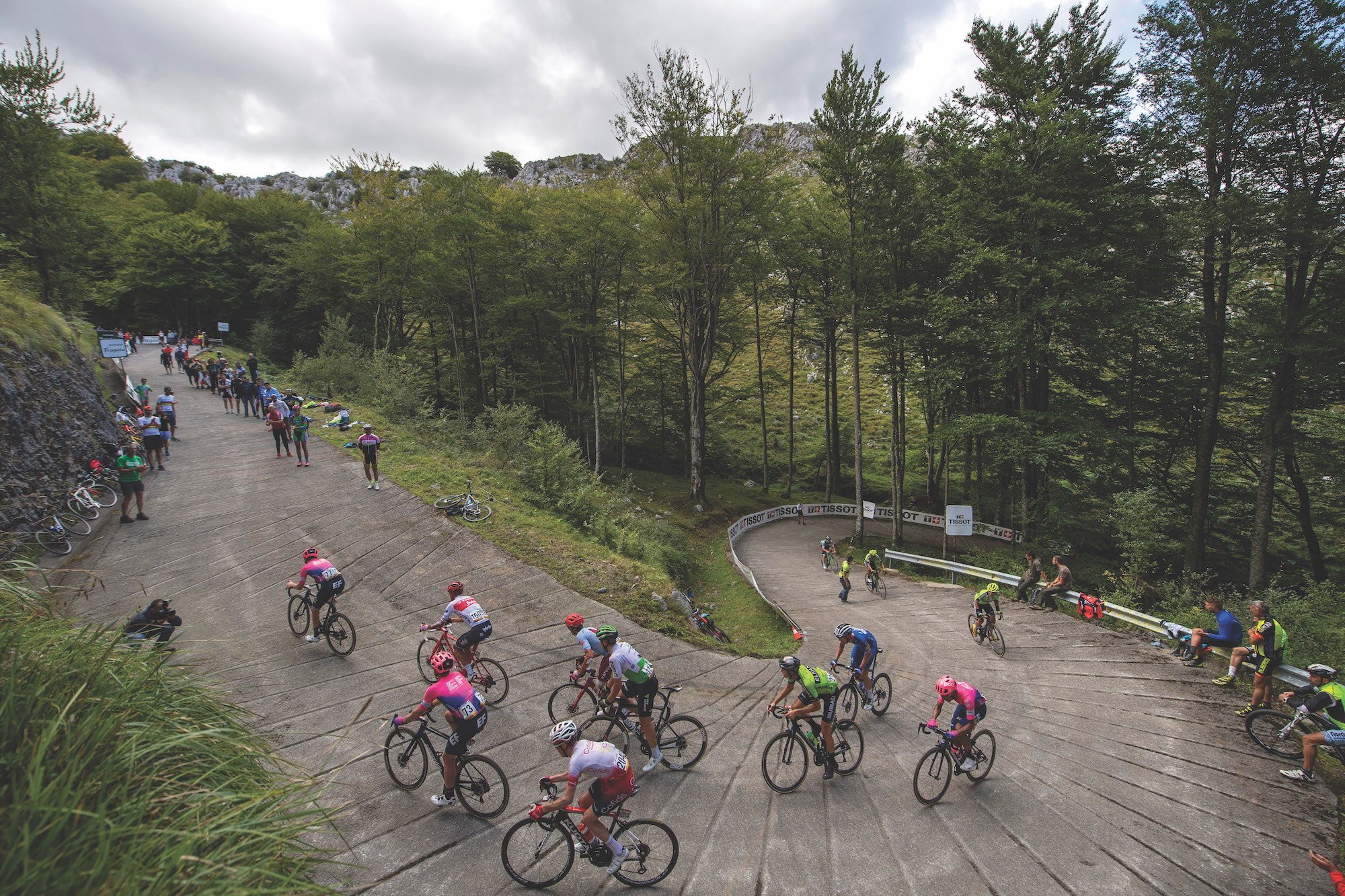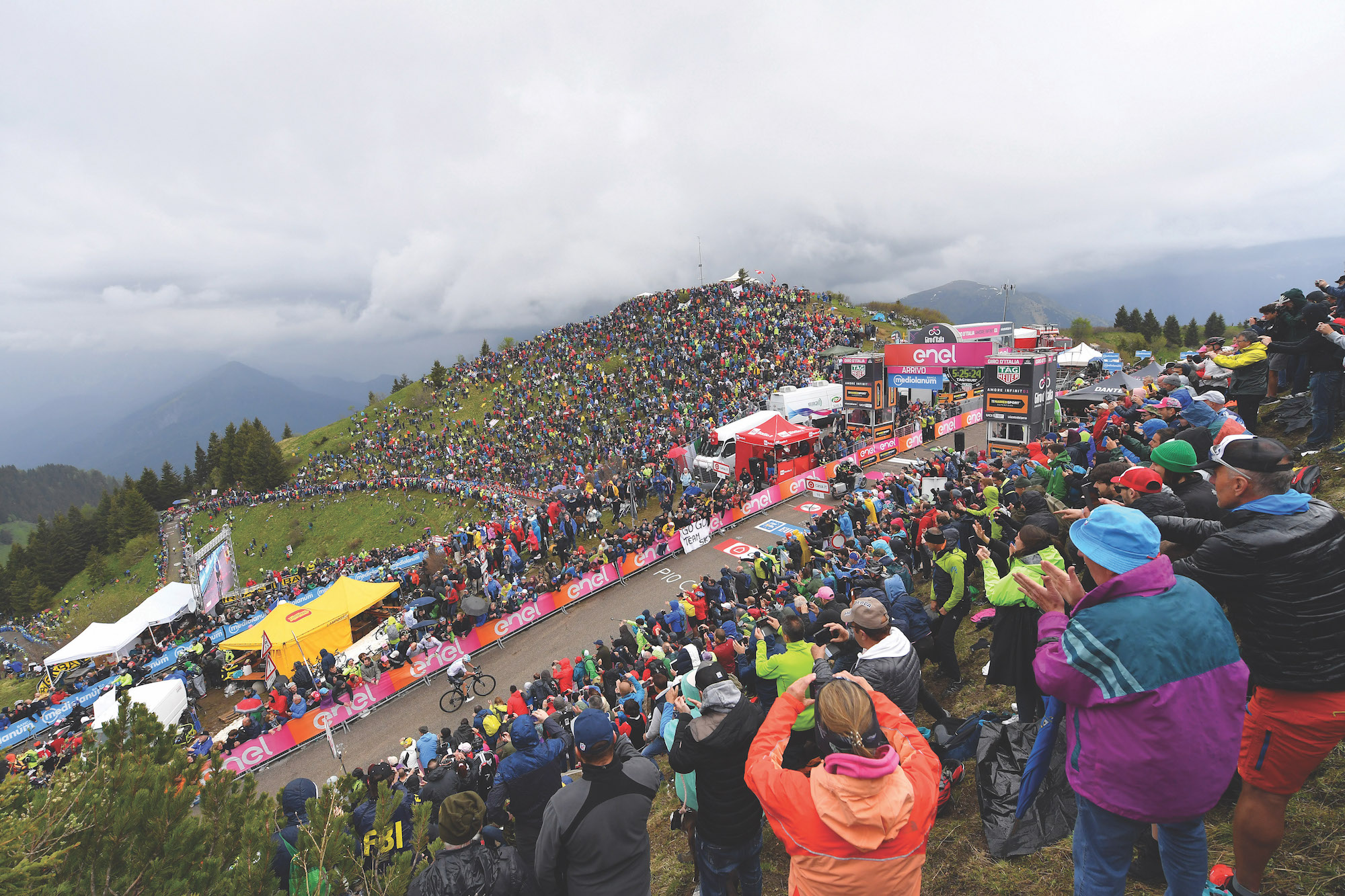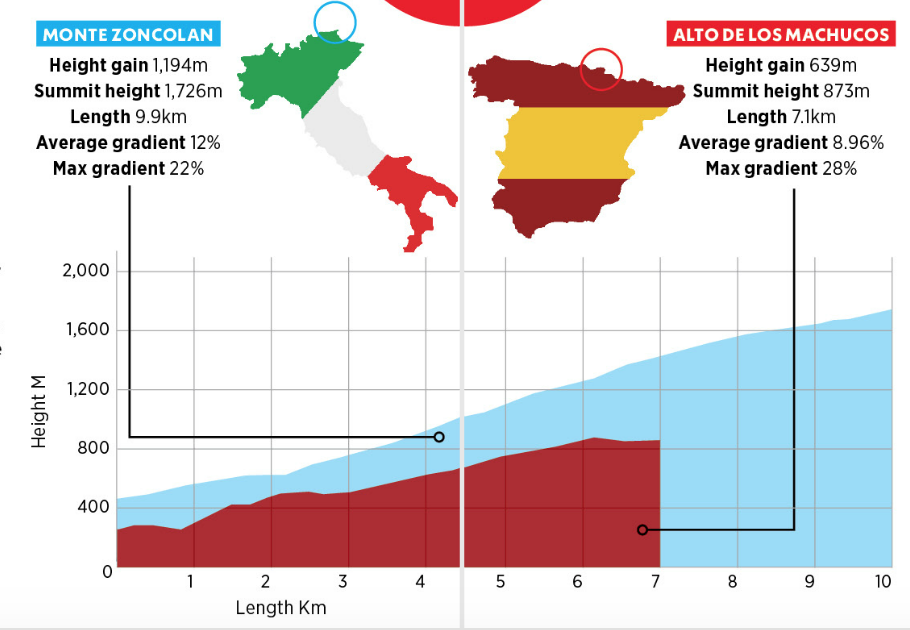Mano-a-mano across the Med: Monte Zoncolan vs Alto de los Machucos
Which is the most fearsome ascent, Monte Zoncolan or Alto de los Machucos? Prepare for battle

Los Machucos (Photo by Justin Setterfield/Getty Images)
Monte Zoncolan
Located in the Carnic Alps in Northern Italy lies a road so savage, so totally brutal, that the mere thought of it makes the legs hurt. Although just under 10km, the sheer amount of double-digit gradients sets it apart from all others. To ride the toughest side you must start from the town of Ovaro and although the first couple of kilometres are nothing spectacular, once you reach the village of Liariss, all comparisons to a standard mountain climb suddenly go out of the window. For the next six-and-half kilometres the slope never drops below 10 per cent and, for the most part, sits closer to 15 per cent. To make matters worse, whereas on most mountain climbs you get a brief respite round the corners, on the Zoncolan they are steeper – it is pure torture.
The Giro first visited this ascent in 2007 where Gilberto Simoni triumphed after dropping Andy Schleck and Leonardo Piepoli in the final few metres to the line amid a cacophony of noise and colour.

The road is so narrow it’s lined either side by the army to create a barrier between the hysterical fans and the exhausted riders, creating a perfect natural stadium for our sport. Since 2007, the Giro has visited the Zoncolan a further four times, with wins going to Ivan Basso, Igor Anton, Micheal Rogers and in 2018, Chris Froome.
>>> Subscriptions deals for Cycling Weekly magazine
Alto de los Machucos
When the organisers of the Vuelta first put the Alto Angliru in their race back in 1999, it was a game-changer; it moved the goalposts and for a while they were the keepers of the toughest climb in pro cycling. However, in 2007 the Giro presented the Zoncolan to the world and boom, they were now top dog. The Spanish couldn’t have that though, could they? Their response was to unearth a road so ridiculous it would push the riders to thievery edge in order to provide bloodthirsty fans with the entertainment they so crave: Los Machucos.
The latest race content, interviews, features, reviews and expert buying guides, direct to your inbox!
Hidden deep in the Cantabrian Mountains of Northern Spain, this old goat track is the stuff of nightmares. Starting just outside the village of Bustablado, it is an asphalt and concrete-coated torture chamber lying in wait for anyone brave or stupid enough to climb it. Comprised of a gargantuan stretches of 20-30 per cent gradient and multiple concrete hairpins so steep it’s a challenge to even stay on your bike, it just goes on and on.

Making its first appearance in the 2017 Vuelta. Stefan Denifl (later caught doping) was first to the top followed by the great Alberto Contador and Miguel Ángel López.
>>> Cycling Weekly is available on your Smart phone, tablet and desktop
The scenes from that day created an instant classic. It was hard not to feel sorry for the riders but there was no denying it was great entertainment. So good, in fact, that the race returned just two years later, with rising star Tadej Pogačar takin the win from Primož Roglič.
Verdict
The win here goes to the Zoncolan simply because it would be cruel of us to encourage people to try and find it then ride, the hideous Los Machucos.
This feature originally appeared in the print edition of Cycling Weekly, on sale in newsagents and supermarkets, priced £3.25.
Founded in 1891, Cycling Weekly and its team of expert journalists brings cyclists in-depth reviews, extensive coverage of both professional and domestic racing, as well as fitness advice and 'brew a cuppa and put your feet up' features. Cycling Weekly serves its audience across a range of platforms, from good old-fashioned print to online journalism, and video.